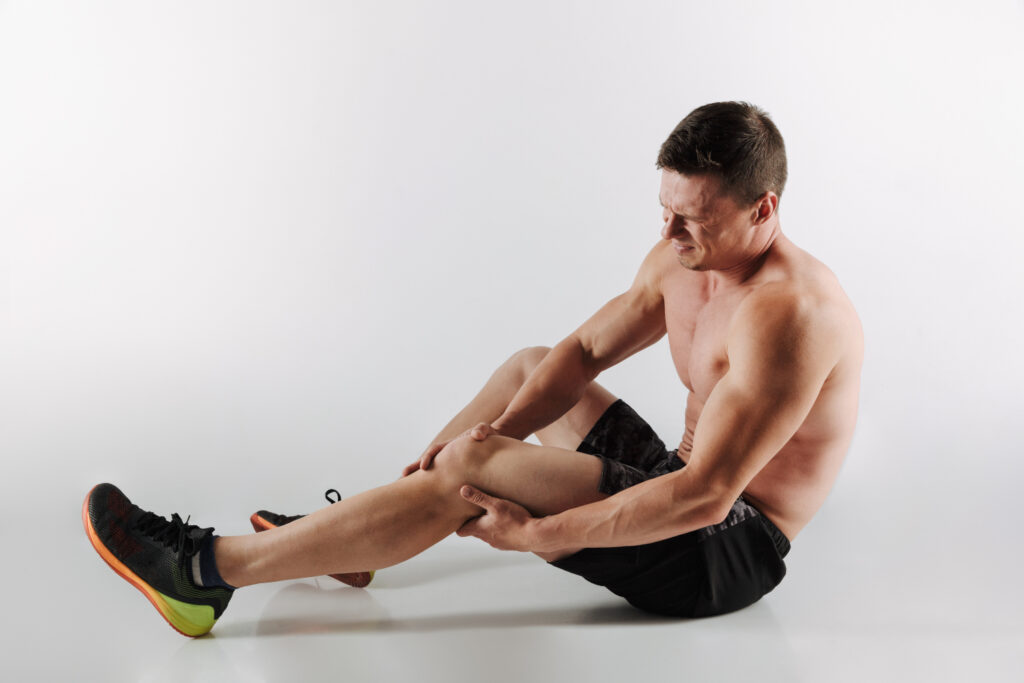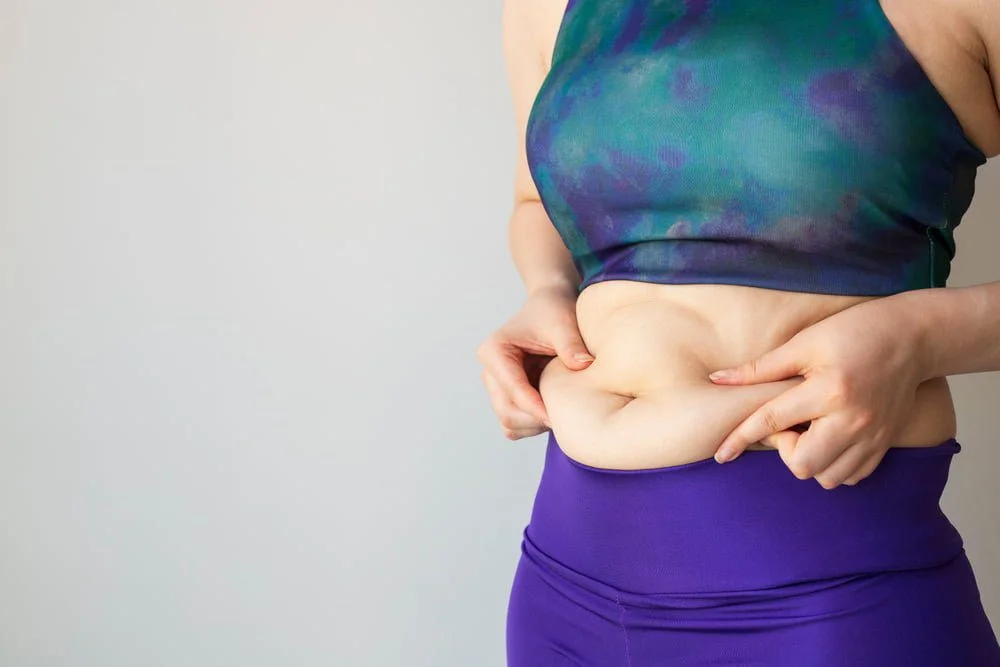Delayed Onset Muscle Soreness (DOMS) is a common and natural response to physical activity. It is often experienced after intense exercise or a change in physical activity, and can last for up to 48 hours. Although DOMS is not dangerous, it can be uncomfortable and can interfere with daily activities. Fortunately, there are several ways to reduce the symptoms of DOMS and prevent it from occurring in the future. In this article, we will discuss how do you get rid of delayed onset muscle soreness.
What is Delayed Onset Muscle Soreness?
Delayed Onset Muscle Soreness (DOMS) is a type of muscle soreness that is typically felt 12–24 hours after exercise and can last up to 72 hours. DOMS is caused by microscopic tears in the muscle fibers due to eccentric exercise (exercise involving a muscle lengthening contraction). Symptoms include muscle tenderness, stiffness, and loss of strength.
Who may face Delayed Onset Muscle Soreness?
Anyone who engages in physical activity that causes their muscles to become strained or stressed may face Delayed Onset Muscle Soreness (DOMS). This includes activities like running, weightlifting, and plyometrics. Additionally, those who are new to these activities, are not conditioned to the activity or have suddenly increased the intensity of their workouts are more likely to experience DOMS.
Causes of Delayed Onset Muscle Soreness.
Causes of Delayed Onset Muscle Soreness (DOMS) include:
1. Eccentric muscle contractions.
2. Unaccustomed exercise.
3. Prolonged exercise.
4. Unfamiliar exercises.
5. Sudden increases in intensity, duration or frequency of exercise.
6. Cold weather.
7. Dehydration.
8. Nutritional deficiencies.
9. Inadequate warm-up/cool-down.
10. Poor posture or technique.
Symptoms of Delayed Onset Muscle Soreness.
- Muscle stiffness or tenderness.
- Swelling or inflammation.
- General fatigue.
- Loss of strength.
- Joint pain.
- Reduced range of motion.
- Difficulty sleeping.
- Difficulty walking.
- Difficulty performing activities of daily living.
10 ways to Get Rid of Delayed Onset Muscle Soreness.
The 10 ways to You Get Rid of Delayed Onset Muscle Soreness are:
1. Stretching.

Stretching helps to reduce tension and reduce stiffness in the muscles. Take time to stretch all the major muscle groups for at least 10 minutes before and after exercise. Hold each stretch for 30 seconds or more and focus on keeping your breathing steady.
2. Foam Rolling.
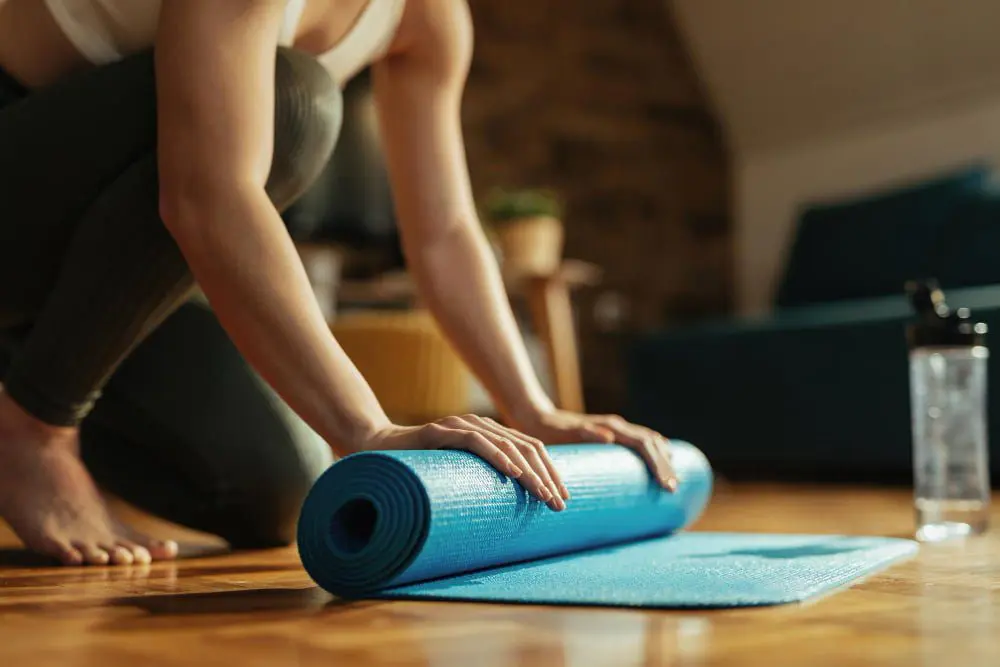
Foam rolling helps to increase blood circulation and release the tension in muscle tissue. Roll out each major muscle group for at least 5 minutes, applying gentle pressure and moving slowly.
3. Massage.
Massage helps to reduce inflammation, improve circulation, and release tension in the muscles. Book an appointment with a certified massage therapist to receive a full-body massage.
4. Hot and Cold Therapy.
Alternating between hot and cold therapy helps to reduce inflammation and decrease muscle soreness. Apply a hot pack or warm cloth for 10 minutes followed by an ice pack or cold cloth for 10 minutes.
5. Hydration.
Proper hydration is essential for muscle recovery. Drink plenty of water throughout the day and immediately after exercise to help flush out toxins and reduce inflammation.
6. Nutrition.

Eating a healthy, balanced diet helps to replenish lost nutrients and promote muscle recovery. Increase your intake of omega-3 fatty acids, protein, and antioxidants to reduce inflammation and speed up the healing process.
7. Sleep.
Getting quality sleep helps to reduce stress levels and promote muscle recovery. Aim to get at least 7-8 hours of sleep each night and create a relaxing bedtime routine.
8. Anti-Inflammatory Foods.
Eating anti-inflammatory foods helps to reduce inflammation and promote muscle recovery. Increase your intake of foods such as berries, fish, green leafy vegetables, and nuts.
9. Supplements.
Taking supplements such as omega-3 fatty acids, turmeric, and ginger can help to reduce muscle inflammation and speed up the healing process. Speak to your doctor to find out which supplements are best for you.
10. Low-Impact Exercise.
Low-impact exercises such as walking, swimming, or cycling help to increase blood circulation and reduce soreness. Aim to do at least 30 minutes of low-impact exercise per day.
Frequently Asked Questions.
To reduce sore muscles overnight, apply a cold compress or ice pack, take a warm bath or shower, use a foam roller, stretch, and get plenty of rest and hydrate with water.
It depends. If your muscles are too sore, then it is not recommended to exercise, as it could cause more damage than good. However, if the soreness is light or moderate, then light to moderate exercise can help to reduce the soreness. Be sure to listen to your body and take it slow.
Delayed Onset Muscle Soreness (DOMS) typically lasts between 24 and 72 hours after a workout. Symptoms of DOMS can be reduced by engaging in light exercise or stretching.
DOMS is a common sign of muscle growth that occurs when small tears form in the muscle fibers during exercise. It is usually felt 24-72 hours after a workout and can last from 2-5 days. It is the body’s way of repairing the tears and increasing muscle mass.
Bottom Line.
Although Delayed Onset Muscle Soreness (DOMS) is a natural consequence of exercise, there are several steps you can take to reduce its severity. From foam rolling to active recovery, there are many options to help relieve the pain and discomfort associated with DOMS. While it may not be possible to completely eliminate DOMS, following the above recommendations can help reduce its severity and help you get back to your regular exercise routine more quickly.

 Workout
Workout
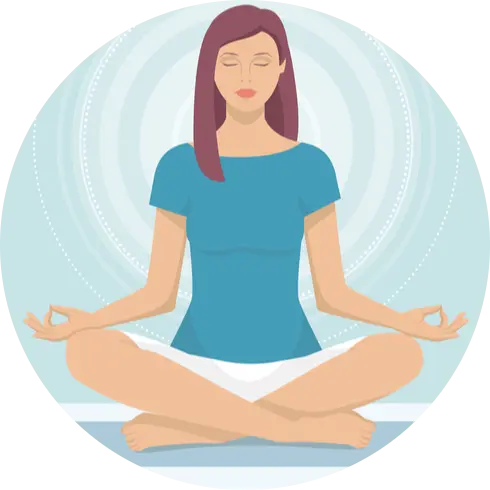 Meditation
Meditation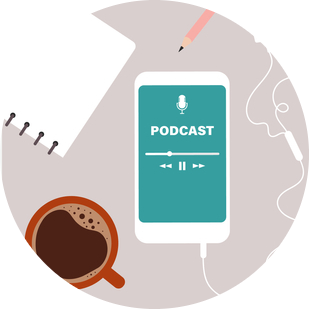





 Contact Us
Contact Us






